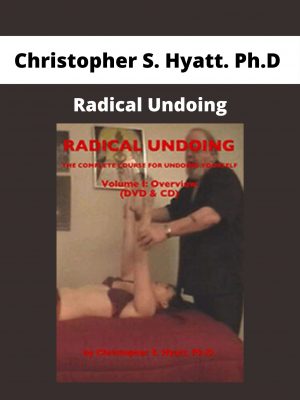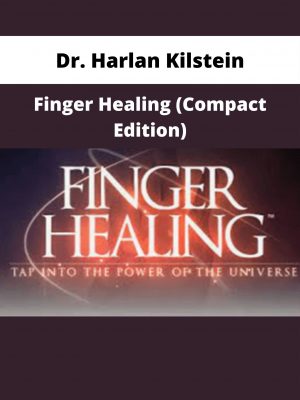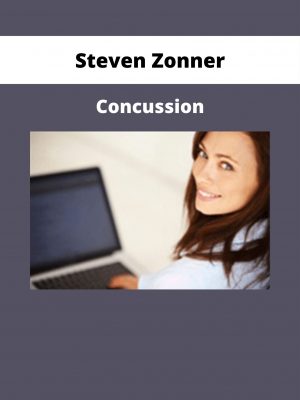Hayden Center – The Neuroscience of Opioid Addiction
$219 Original price was: $219.$62Current price is: $62.
Shopping Instructions:
- DISCOUNT 15% : SHOP15
- Product Delivery: Within 1 – 12 hours after purchase.
There is a growing concern about the prevalence of opioid addiction in the United States. Both the illegal use of heroin and the overuse of opioids to treat pain are on the rise.
Hayden Center – The Neuroscience of Opioid Addiction
OPIATE AND OPIOID ABUSE HERE AND AROUND THE WORLD
- Brief history of the problem
- Latest prevalence estimates
- Future Concerns
THE RELATIONSHIP BETWEEN PAIN AND OPIOID MISUSE
- Summary of brain centers that are affected by pain
- The pain-opioid Paradox
- Vulnerability factors that are associated with
WHAT NEUROSCIENCE REVEALS ABOUT OPIOID ABUSE VS OTHER SUBSTANCE ABUSE
- The pleasure factor (how dopamine fits with opioid use)
- The social factor (how opioids mimic the chemical responses of social connections)
- The connections between important decision-making sections of the brain and long-term opioid abuse
MINDFULNESS AS AN ADJUNCT TO TREATMENT
- The brain and decision-making changes that occur with mindfulness
- Practical approaches to incorporating mindfulness to fight opiate addiction
THE FINDINGS: WHICH APPROACHES WORK? WHEN AND HOW SHOULD THEY BE USED?
- Motivational Interviewing
- Cognitive-Behavioral Therapy
- Dialectical Behavior Therapy
- Acceptance and Commitment Therapy
TRANSLATE THE LATEST RESEARCH INTO EFFECTIVE PRACTICE
- Practical issues
- Tailoring treatment plans
- 3 case studies
Would you like to receive Hayden Center – The Neuroscience of Opioid Addiction ?
Description:
There is a growing concern about the prevalence of opioid addiction in the United States. Both the illegal use of heroin and the overuse of opioids to treat pain are on the rise. Behavioral health professionals need to quickly equip themselves with proven clinical interventions to battle this epidemic.
Neuroscience research is revealing not only how drugs affect the brain, but how clinical interventions affect the brain as well. Certain areas have been shown to “re-wire” in response to particular treatments. Using clinical experience and wisdom along with the latest research findings, Dr. Center will demonstrate the effectiveness of current approaches and their specific applications. Learn techniques shown to reduce cravings and improve decision making capabilities among opioid abusers in your treatment arsenal. You will leave empowered to translate the latest findings into decisions on which treatment to use with your client and when.
Related products
HEALTH & MEDICAL
HEALTH & MEDICAL
HEALTH & MEDICAL
HEALTH & MEDICAL
HEALTH & MEDICAL
HEALTH & MEDICAL
HEALTH & MEDICAL












